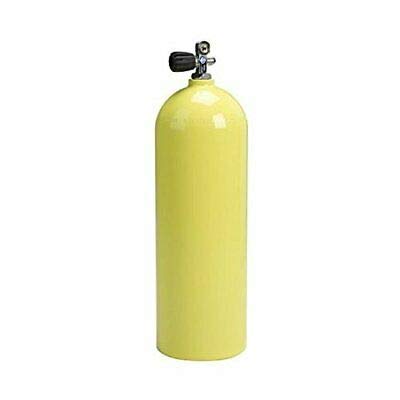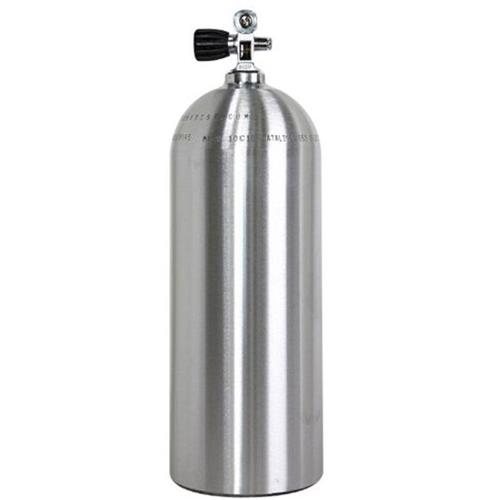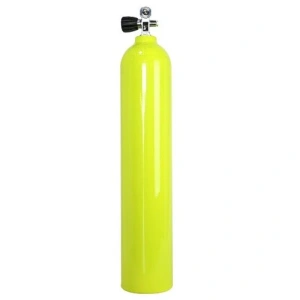Tanks
Showing all 5 results
- AED2,200 Select options This product has multiple variants. The options may be chosen on the product page
- AED2,200 Select options This product has multiple variants. The options may be chosen on the product page
Showing all 5 results
Diving Tanks: Everything You Need to Know
Diving tanks, also known as scuba tanks or cylinders, are essential pieces of equipment for scuba divers. They provide the air supply necessary for breathing underwater and allow divers to explore the depths of the ocean. In this article, we’ll take a closer look at diving tanks and everything you need to know about them.
What are Diving Tanks?
Diving tanks are high-pressure cylinders that contain compressed air or other breathing gases. They are made from high-quality materials, such as steel or aluminum, and are designed to withstand the pressure of deep diving. They come in various sizes and capacities, ranging from small tanks for shallow dives to larger tanks for deeper dives.
Types of Diving Tanks
There are two main types of diving tanks: steel and aluminum. Steel tanks are heavier and more durable, making them a good choice for deep dives. They can hold more air than aluminum tanks of the same size, which allows divers to stay underwater for longer periods. Aluminum tanks are lighter and more buoyant, making them easier to transport and maneuver. They are a great choice for shallow dives and for divers who prefer a lighter tank.
Tank Capacity and Pressure
Diving tanks come in a range of capacities and pressures. The capacity of a tank is measured in cubic feet or liters and refers to the amount of air the tank can hold. The pressure of a tank is measured in pounds per square inch (PSI) or bars and refers to the amount of air pressure inside the tank. Most diving tanks have a pressure rating of 3000 to 3500 PSI or 200 to 232 bars.
Tank Valves
Diving tanks have two types of valves: the primary valve and the reserve valve. The primary valve is used to control the flow of air into the regulator, while the reserve valve is used as a backup in case the primary valve fails. The valves also have a knob that allows divers to open and close the valve to control the flow of air.
Maintenance and Inspection
Diving tanks require regular maintenance and inspections to ensure their safety and performance. Tanks should be visually inspected for signs of corrosion, damage, or wear before each use. They should also be hydrostatically tested every 5 years to check for leaks or defects. Proper storage and handling are also important to ensure the longevity and safety of diving tanks.
Choosing the Right Tank
Choosing the right diving tank depends on several factors, such as the type of diving you’ll be doing, your skill level, and your physical abilities. If you’re a beginner or prefer shallow dives, an aluminum tank may be a good choice. If you’re an experienced diver or plan to do deep dives, a steel tank may be a better option. It’s also important to consider the tank’s size, weight, and capacity to ensure it meets your needs and preferences.
Renting vs. Owning
If you’re new to diving or only dive occasionally, renting a diving tank may be a good option. This eliminates the need for storage and maintenance and allows you to try different types and sizes of tanks before committing to purchasing one. However, if you plan to dive frequently or prefer to have your own equipment, owning a diving tank may be a better option to ensure you have a tank that fits your needs and preferences.










